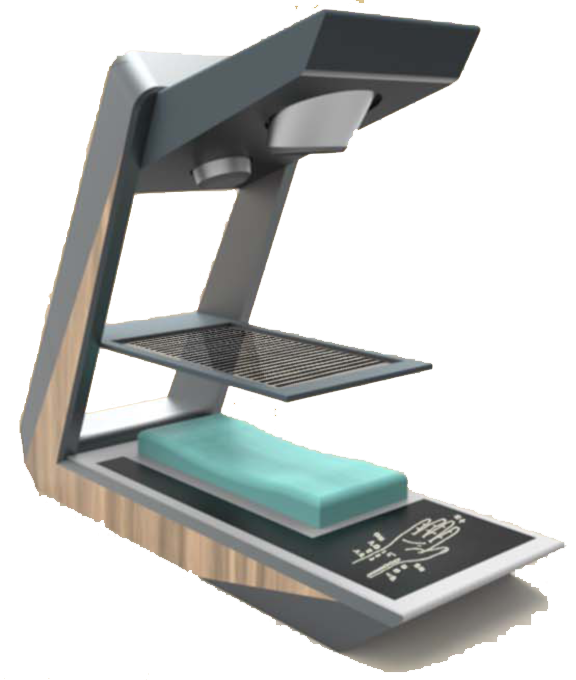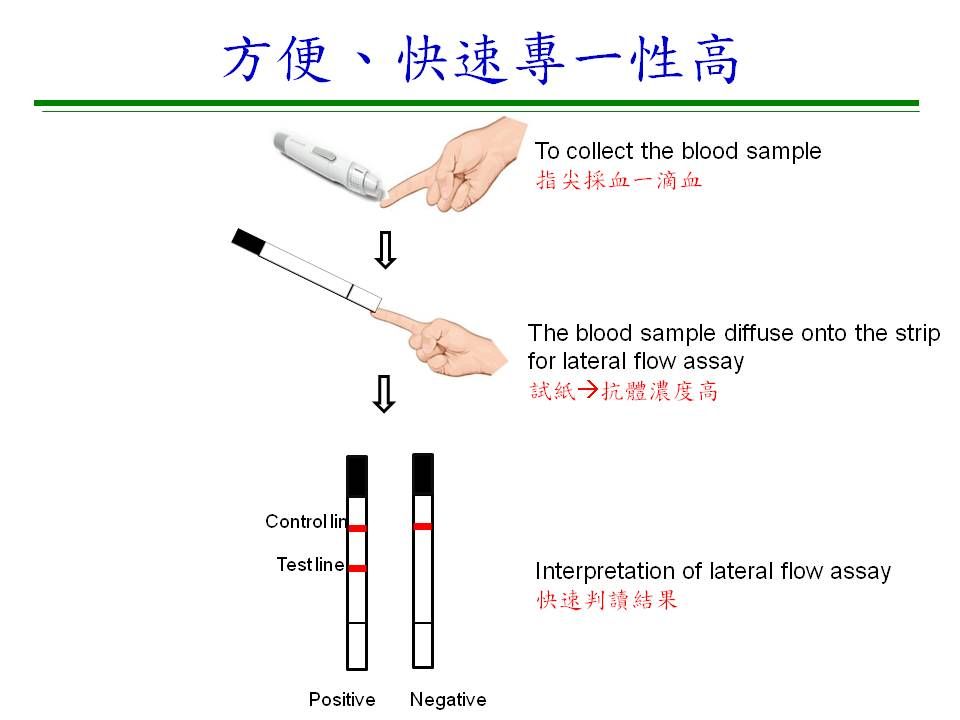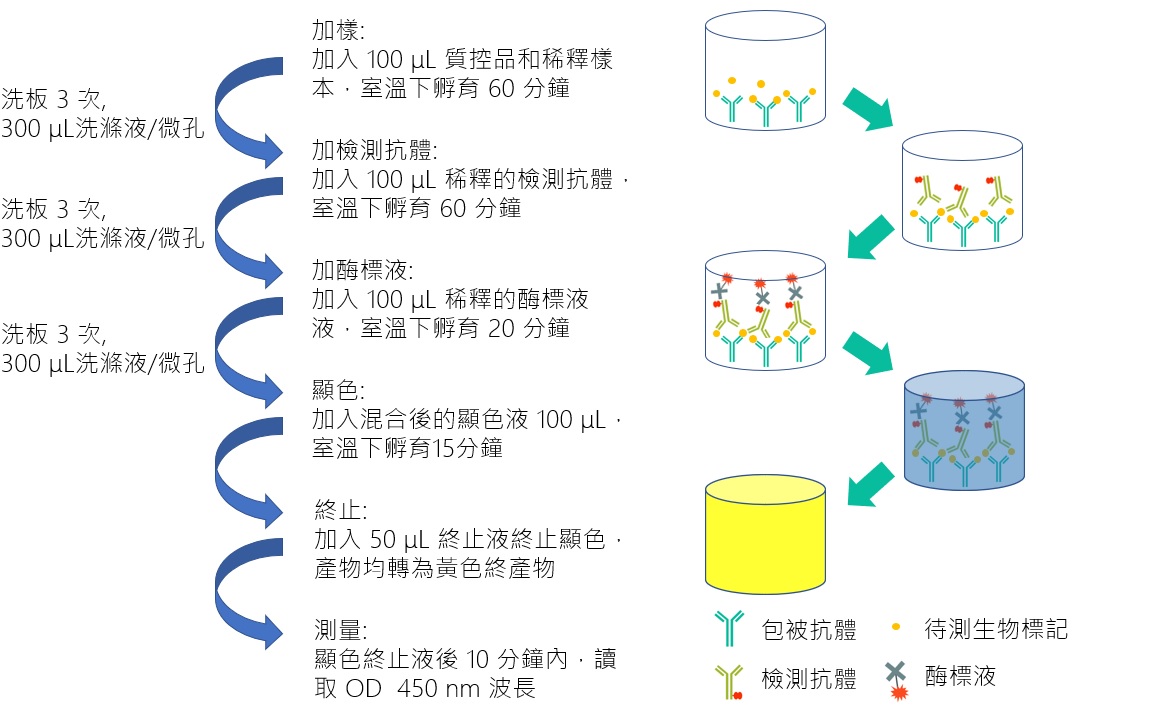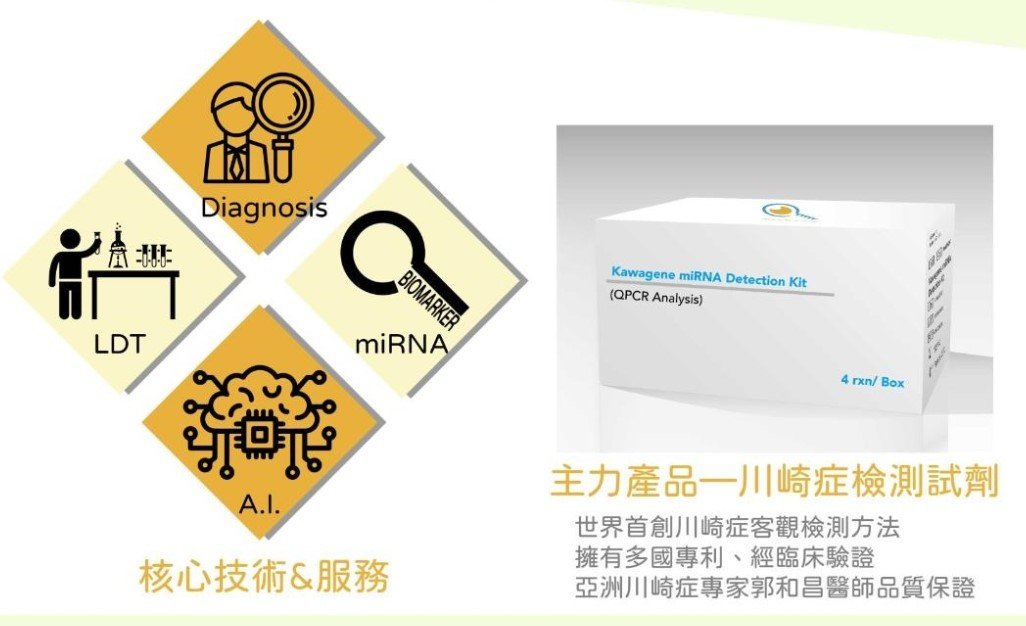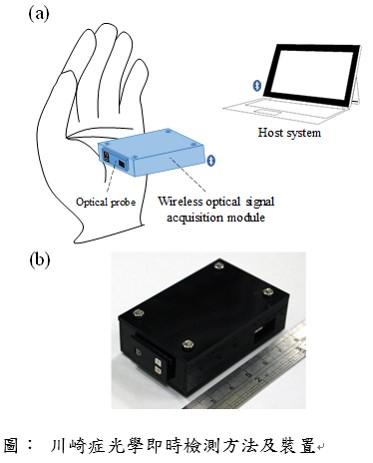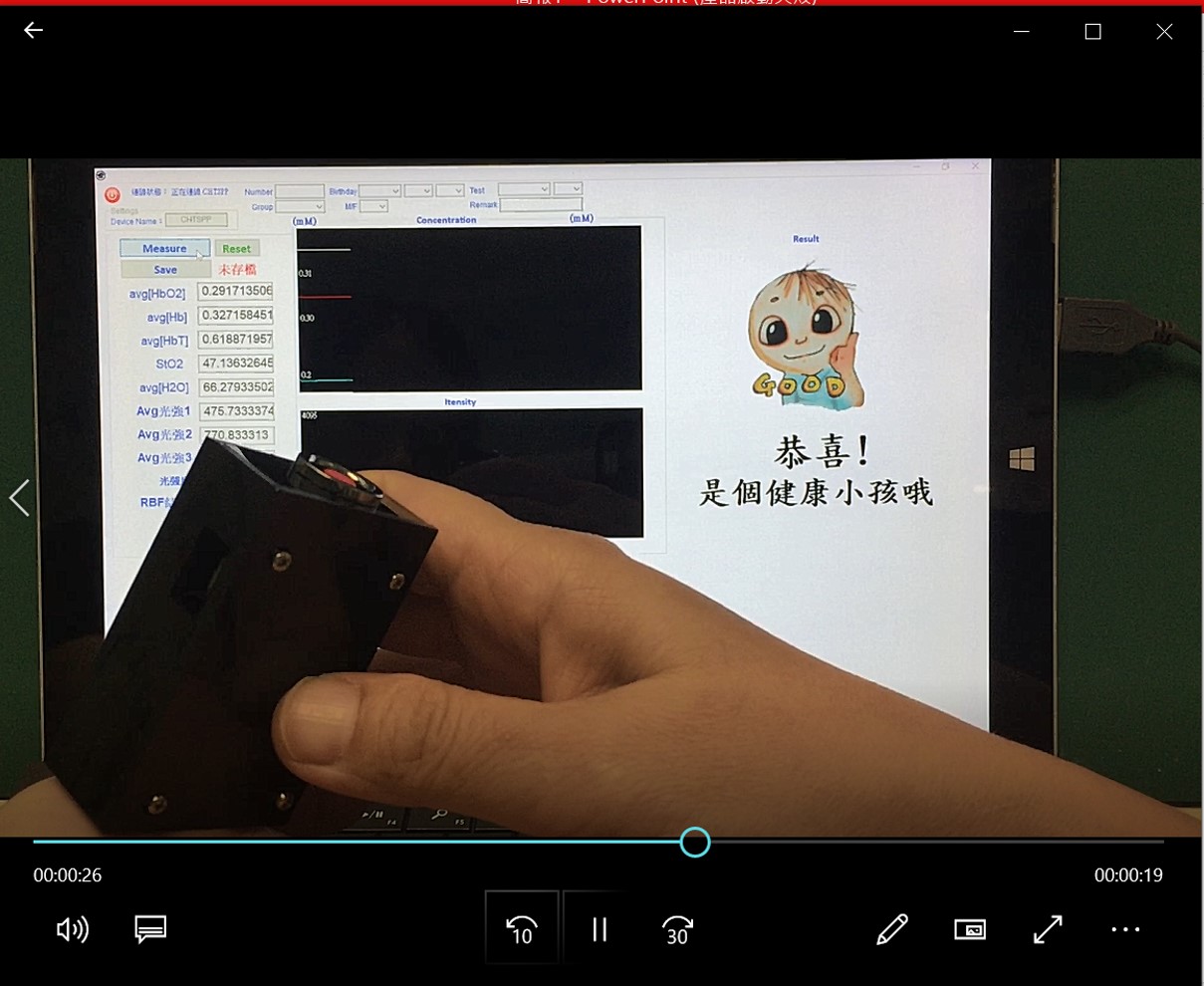| Technical Name | Optical detection device and method for Kawasaki Disease | ||
|---|---|---|---|
| Project Operator | CHANG GUNG MEDICAL FOUNDATION | ||
| Project Host | 郭和昌 | ||
| Summary | Kawasaki disease (KD) affect mainly in children under five years of age, manifested as systemic vasculitis. KD has being the most common acquired heart disease in children. The diagnosis of KD are 4 of the following conditions: conjunctivitis, cracked strawberry tongue or lips, generalized skin rash, redness or peeling of limbs and feet, and enlarged lymph nodes in the neck; plus persistent fever more than 5 days. This diagnosis relies on clinical symptoms, so it relies on the experience and training of physicians. Depend on clinical symptoms to make a diagnosis, subjective judgments will be the major problem. |
||
| Scientific Breakthrough | The basic principle of the optical detection system in this study is to use the differences in absorption spectra of different components in human tissue corresponding to different wavelengths to detect the heme content, moisture content, and blood oxygen concentration in the tissue. When photons enter human tissue, part of the photons will be scattered or absorbed. We first use optical detection system technology in Kawasaki disease. We analyze 300 subjects for neural network-like learning and training. The results showed a sensitivity of up to 80.00%, a positive predictive value (PPV) of up to 82.76%, and the accuracy rate is as high as 81.32%. The blind test of 60 subjects also showed high sensitivity of 80.00%, positive predictive value (PPV) of 84.21% , and accuracy rate of 82.54%. |
||
| Industrial Applicability | Early diagnosis of Kawasaki disease and the administration of high-dose immunoglobulin are the key points of treatment. Taking two sick children weighing 5 kg and 10 kg as an example, a set of immunoglobulin treatments cost approximately NT$50,000 to NT$100,000 respectively. Therefore, the development of an accurate and rapid assisted diagnosis platform is beneficial to early diagnosis and treatment. At present, there is no laboratory diagnostic technology developed for Kawasaki disease in the world. The diagnosis of KD is still depends on the subjective judgment of symptoms by clinician. If a fever occurs for more than 3 days, children will need to use this diagnostic method. The market is quite large and has a high profit margin. |
||
| Keyword | Optical detection device and method Wireless optical monitoring system Non-invasive Radial basis function neural network Kawasaki disease systemic vasculitis limbs Swelling Hb HbO2 H2O | ||
- erickuo48@yahoo.com.tw
other people also saw

